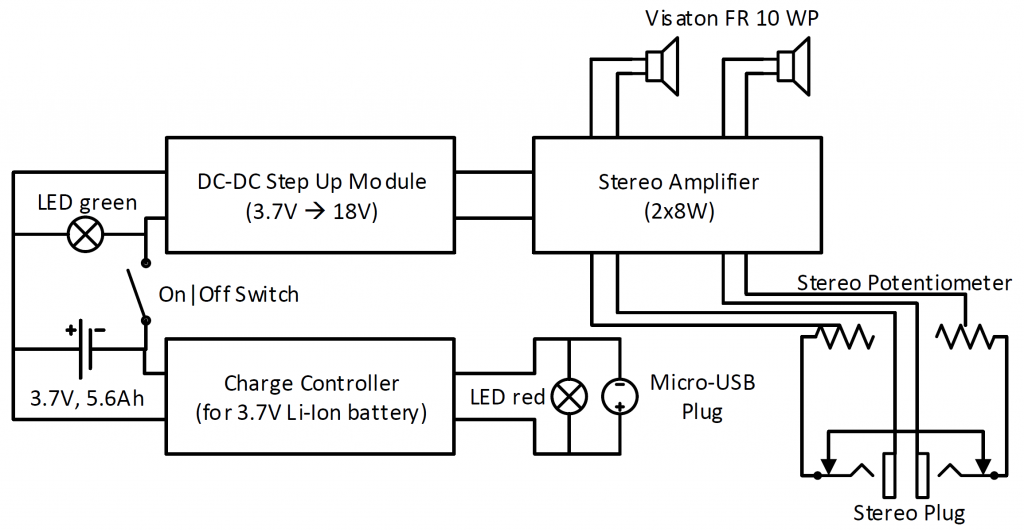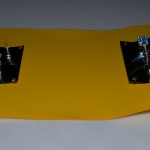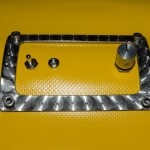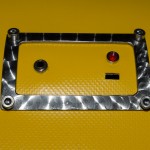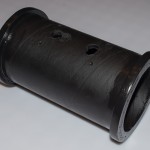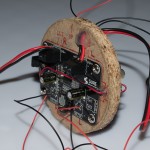In my previous post I described my ideas about a lightweight portable audio system, the Aero One. Most open questions are solved now, e.g., concerning the driver and some new issues that arose during the prototype assembly. Following, you can find an overview outlining my decisions to these points:
- The Visaton FR 10 WP will be used as driver due to it’s smaller form factor.
- The current revision of Aero One won’t support Bluetooth. There was no module with a proper price that justified this feature.
- Regarding volume control – a stereo potentiometer will be used.
- Integrated charging capability using a solar cell is dropped, because available modules provide not enough power (1W).
- The housing will be based on a piece of massive cardboard pipe: the drivers will be mounted at each end.
- The user interface will be divided in two parts: On/off-switch & volume control on the frontside; micro-USB & audio jack on backside.
Updated Aero One Circuit
Below you can see a slightly updated version of the circuit that was proposed in my previous post. As you can see in there are two status LEDs to enhance feedback for the user. The green LED shows if the device is turned on, the red one shows if the device charges.
Prototype Impressions
The outer layer consists of plastic foil as used for The Bee. Two pieces of stainless steel are used to mount and frame the UI-controls, and to fixate the foil. The electronic components are attached to a circular piece of wood, which additionally is responsible to partition the inner volume for the drivers.
- Outer Layer with Backside of User Interface
- Frontside UI with On/Off-Switch and Volume Control
- Backside UI with Audio Jack and Micro-USB
- Cardboard Housing with MDF Extension for Drivers
- Volume Seperator with Audio Amplifier
- Volume Seperator with Battery, Charging Board and Step-Up Module
Related Posts
[1]: Aero One – Planning and First Steps
[2]: Aero One – Decisions & Prototype Assembly
[3]: Aero One – Final Prototype

